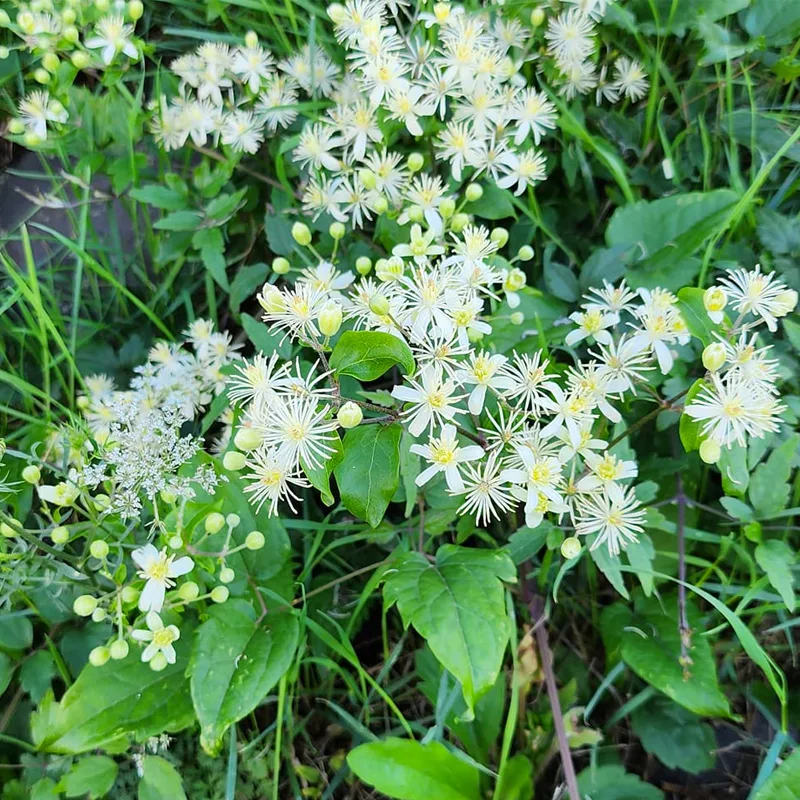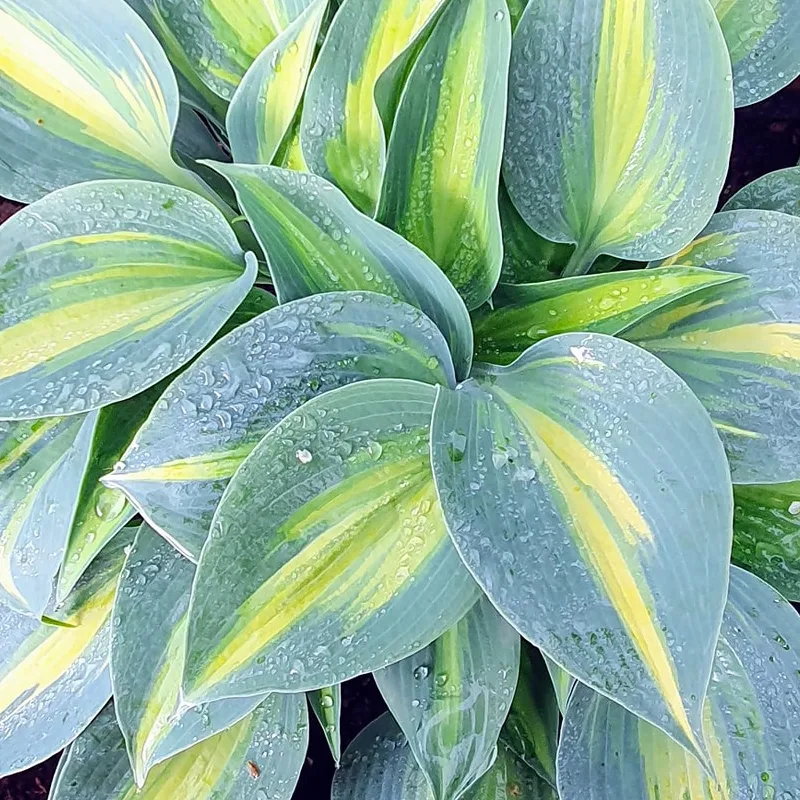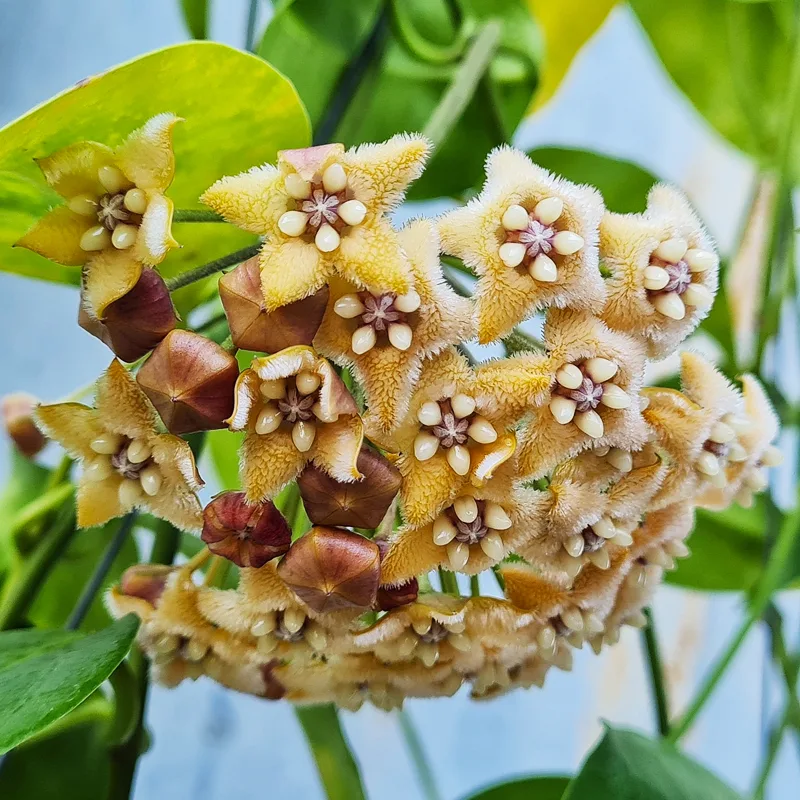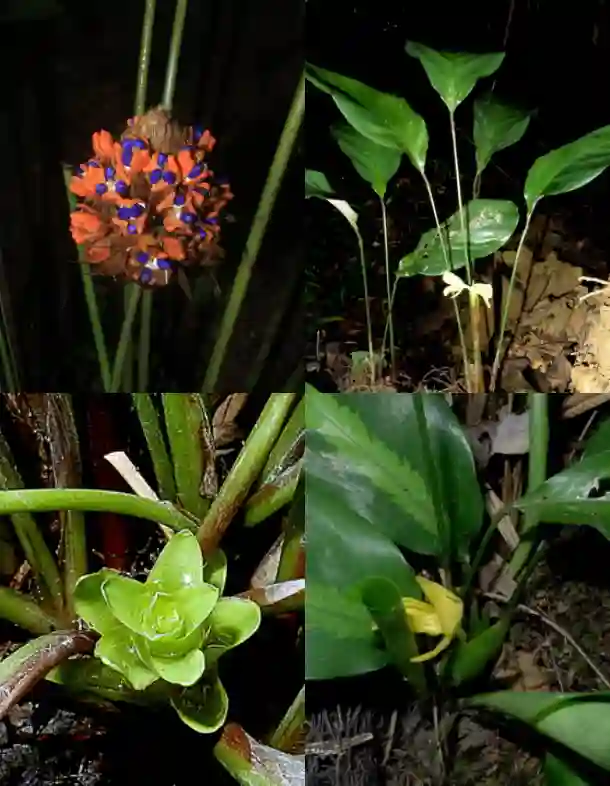Ochnaceae: My Botanical Fascination
As a botany enthusiast, I’m constantly drawn to the intricacies and diversity of the plant kingdom. One family that has particularly piqued my interest is Ochnaceae. This fascinating group of flowering plants boasts a unique blend of characteristics, making them a captivating subject for exploration.
A Global Presence
Ochnaceae plants are found in tropical and subtropical regions around the world. Their distribution spans across continents, showcasing their adaptability to diverse environments. From the lush rainforests of South America to the vibrant landscapes of Southeast Asia, these plants have carved a niche for themselves in various ecosystems.
Morphological Marvels
One of the most striking features of Ochnaceae is their distinctive morphology. Many members of this family exhibit leaves with serrated margins and prominent venation patterns. These intricate details add a touch of elegance to their overall appearance. Additionally, the flowers of Ochnaceae plants often display vibrant colors and unique structures, attracting pollinators and adding a splash of beauty to their surroundings.
Genera Galore
Ochnaceae encompasses a diverse array of genera, each with its own set of characteristics. Some of the notable genera within this family include:
- Ochna: This genus is known for its beautiful yellow flowers and distinctive fruits. Ochna species are often cultivated as ornamental plants, adding a touch of vibrancy to gardens and landscapes.
- Ouratea: This genus boasts a wide range of species, each with its own unique charm. Ouratea plants are often found in tropical rainforests, contributing to the biodiversity of these ecosystems.
- Lophira: This genus is known for its valuable timber, which is used for construction and other purposes. Lophira species play an important role in the economies of many regions.
- Adenarake: A genus of shrubs or small trees found in tropical Africa, characterized by their simple leaves and small, yellow or white flowers.
- Blastemanthus: A genus of trees native to South America, known for their large, showy flowers and winged fruits.
- Brackenridgea: A genus of trees or shrubs found in tropical Africa and Asia, with simple leaves and small, white or yellow flowers.
- Campylospermum: A genus of shrubs or small trees found in tropical Africa and Madagascar, recognized for their often colorful fruits and medicinal uses.
- Cespedesia: A genus of trees or shrubs native to tropical America, with simple leaves and small, white or yellow flowers.
- Elvasia: A genus of shrubs or small trees found in tropical America and Africa, with simple leaves and small, white or yellow flowers.
- Euthemis: A genus of trees or shrubs native to tropical Asia, with simple leaves and small, white or yellow flowers.
- Fleurydora: A monotypic genus represented by Fleurydora felicis, a tree endemic to French Guiana, with unique, winged fruits.
- Froesia: A genus of trees or shrubs native to South America, with simple leaves and small, white or yellow flowers.
- Godoya: A genus of trees native to South America, known for their large, leathery leaves and showy, yellow flowers.
- Idertia: A genus of shrubs or small trees found in tropical Africa, with simple leaves and small, white or yellow flowers.
- Indosinia: A monotypic genus represented by Indosinia involucrata, a tree endemic to Southeast Asia, with large leaves and unique, cup-shaped flowers.
- Indovethia: A monotypic genus containing Indovethia calophylla, a tree endemic to southern India and Sri Lanka, with leathery leaves and small, white flowers.
- Krukoviella: A genus of trees native to South America, characterized by their simple leaves and small, white or yellow flowers.
- Lacunaria: A genus of trees native to Central and South America, known for their showy, pink or purple flowers and winged fruits.
- Luxemburgia: A genus of trees or shrubs native to South America, with simple leaves and small, white or yellow flowers.
- Medusagyne: A monotypic genus represented by Medusagyne oppositifolia, a critically endangered tree endemic to the Seychelles, with unique, jellyfish-like fruits.
- Neckia: A genus of shrubs or small trees found in tropical Asia, with simple leaves and small, white or yellow flowers.
- Perissocarpa: A genus of trees or shrubs native to South America, with simple leaves and small, white or yellow flowers.
- Philacra: A genus of trees or shrubs found in tropical Africa, with simple leaves and small, white or yellow flowers.
- Poecilandra: A genus of trees or shrubs native to South America, with simple leaves and small, white or yellow flowers.
- Polythecanthum: A genus of trees or shrubs found in tropical America, with simple leaves and small, white or yellow flowers.
- Quiina: A genus of trees or shrubs native to tropical America, with simple leaves and small, white or yellow flowers.
- Rhabdophyllum: A genus of shrubs or small trees found in tropical Africa, with simple leaves and small, white or yellow flowers.
- Rhytidanthera: A genus of trees or shrubs native to South America, with simple leaves and small, white or yellow flowers.
- Sauvagesia: A genus of herbs or shrubs found in tropical and subtropical regions worldwide, with simple leaves and small, pink or purple flowers.
- Schuurmansia: A genus of trees native to South America, known for their large, leathery leaves and showy, yellow or orange flowers.
- Schuurmansiella: A genus of trees or shrubs native to South America, with simple leaves and small, white or yellow flowers.
- Sinia: A monotypic genus represented by Sinia rhodoleuca, a tree endemic to southern China, with leathery leaves and small, white flowers.
- Testulea: A genus of trees or shrubs native to Madagascar, with simple leaves and small, white or yellow flowers.
- Touroulia: A genus of trees native to South America, with simple leaves and small, white or yellow flowers.
- Tyleria: A genus of trees or shrubs native to South America, with simple leaves and small, white or yellow flowers.
- Wallacea: A genus of trees native to Southeast Asia, with simple leaves and small, white or yellow flowers.
Ecological Importance
Ochnaceae plants play a crucial role in their respective ecosystems. They provide food and shelter for a variety of animals, contributing to the overall balance of the natural world. Furthermore, some Ochnaceae species have medicinal properties, offering potential benefits for human health.
Conservation Concerns
Despite their ecological importance, many Ochnaceae species face threats due to habitat loss, deforestation, and climate change. It is crucial to implement conservation measures to protect these valuable plants and ensure their continued existence for future generations.
A Personal Connection
As a botany enthusiast, I find Ochnaceae to be a source of endless fascination. Their unique morphology, ecological significance, and potential benefits for humanity make them a captivating subject for study and appreciation. I encourage fellow plant lovers to explore the wonders of this remarkable family and contribute to their conservation.
If i die, water my plants!



